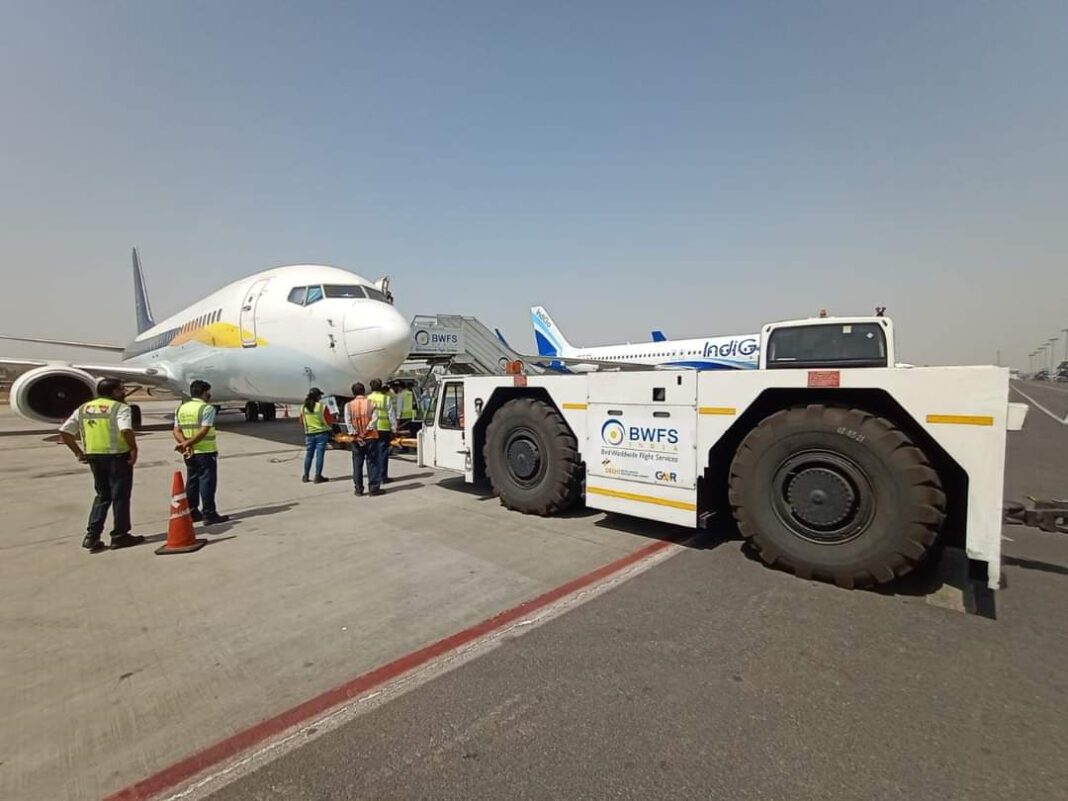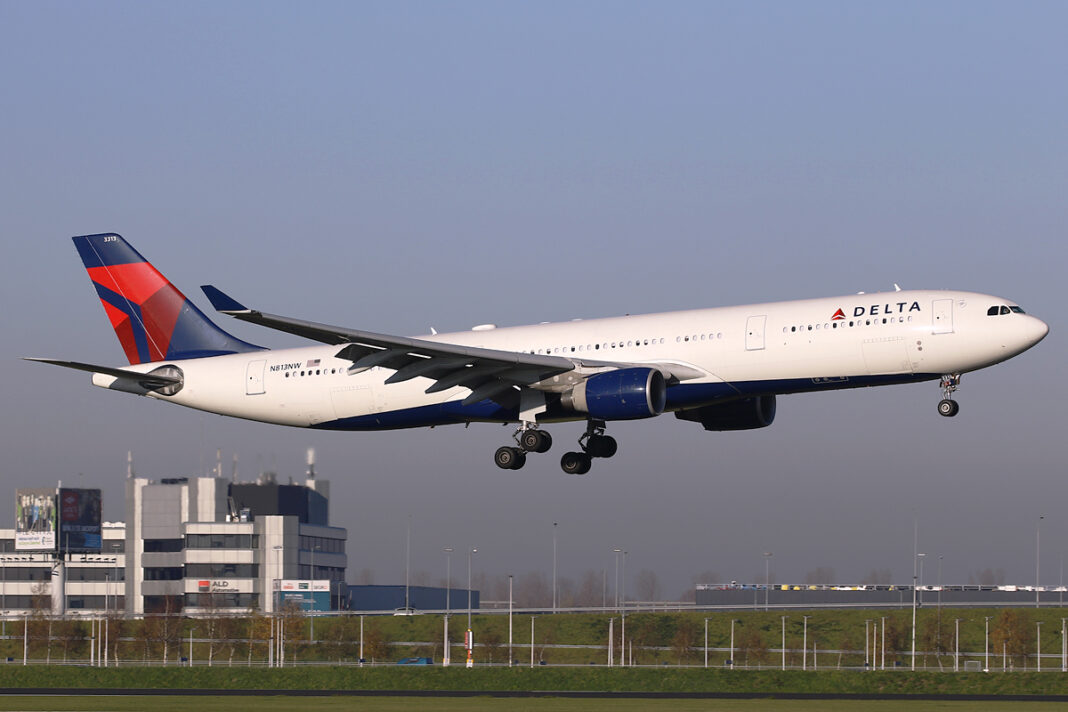Indian airline Jet Airways completed yesterday (May 15th) the first series of three test flights as part of the process to obtain its Air Operator Certificate (AOC). The operations involved eighteen people, including officials from the Directorate General of Civil Aviation (DGCA), the agency in charge of regulating aviation activity in India.
The first flight covered the route between New Delhi (DEL) and Bombay (BOM). On the second leg, returning to the country’s capital, DGCA officials asked the crew to divert the aircraft and land at Ahmedabad (AMD). Shortly thereafter, the aircraft returned to New Delhi. Diversion to alternate airports is a standard procedure in this type of process, as part of the regulatory authorities’ analysis of the handling of such situations.
During test operations, all personnel perform their duties in the same manner as they would on a regular commercial passenger flight. This is a necessary process for an airline to obtain the necessary certification as an operator with the professional and organizational capacity to carry out operations safely and in accordance with the document.
The aircraft used was a Boeing 737-800 with registration number VT-SXE. On board were two pilots, four cabin crew and twelve other people including senior airline executives and DGCA officials.
To complete the process, Jet Airways must complete a total of five flights. The remaining two ones are scheduled for tomorrow, May 17th. According to the company, it plans to resume commercial operations during the third quarter of this year.
And, she’s here! Our aircraft, VT-SXE, operated a positioning flight this evening from Hyderabad to Delhi as 9W101. Some photos here of the aircraft in Delhi and of colleagues celebrating this momentous day! #JetAirways #OnCloud9W pic.twitter.com/6sYfmlm0Jm
— Jet Airways (@jetairways) May 5, 2022
Jet Airways inaugurated operations in 1993. Based in Mumbai, it was one of the country’s leading airlines. However, with the turn of the century, it began to face new challenges. The emergence of the low-cost model in India and the growth of large Middle Eastern airlines changed the market.
Progressively, the company began to lose ground locally to low-cost airlines, led by IndiGo. In 2018, rising fuel prices and the devaluation of the local currency added pressure to the financials. By the end of the year, the airline was unable to meet its debts or even pay the salaries of its staff.
It finally suspended operations on April 17th, 2019.
See also: India Aviation Authority deregisters Air India’s last Boeing 747-400s







